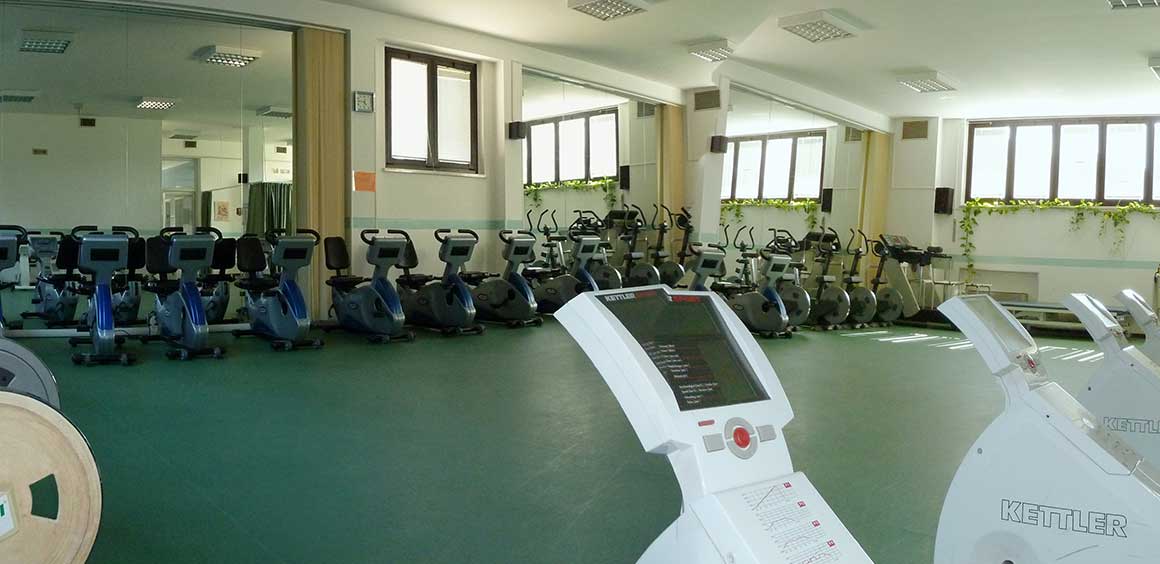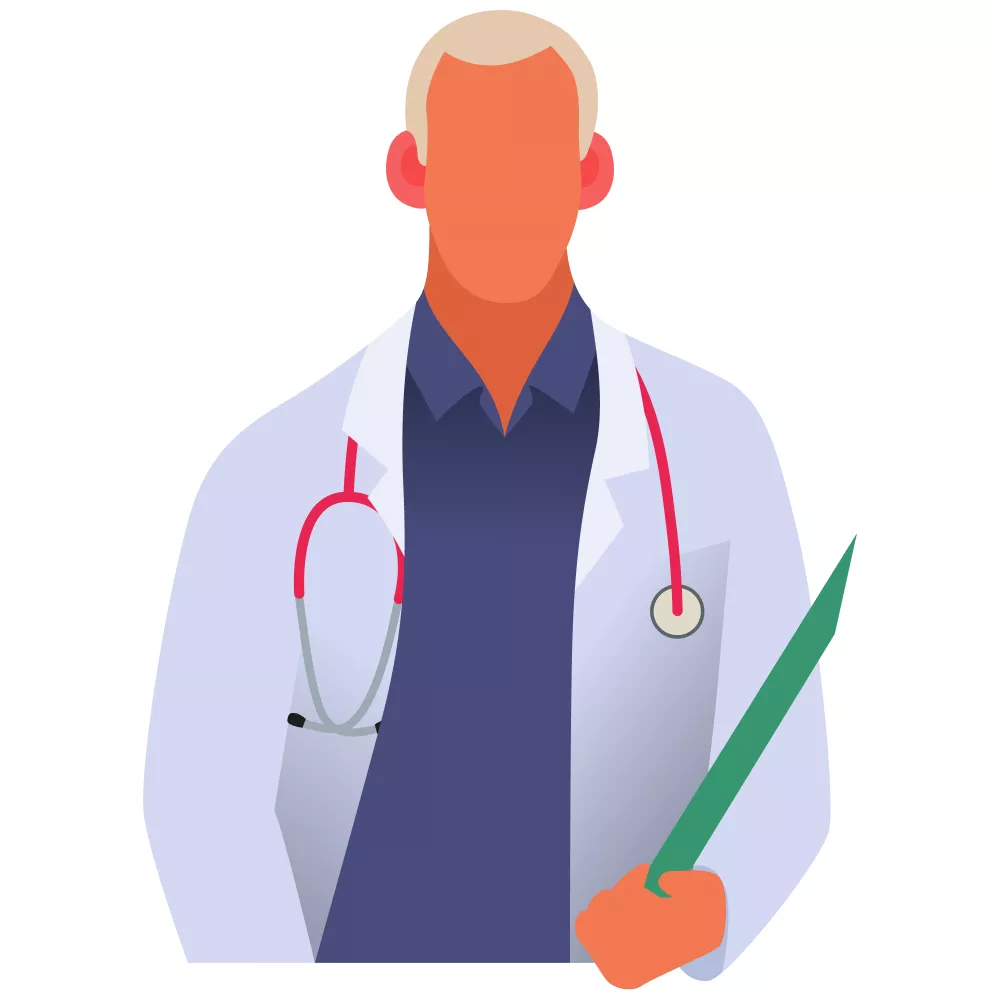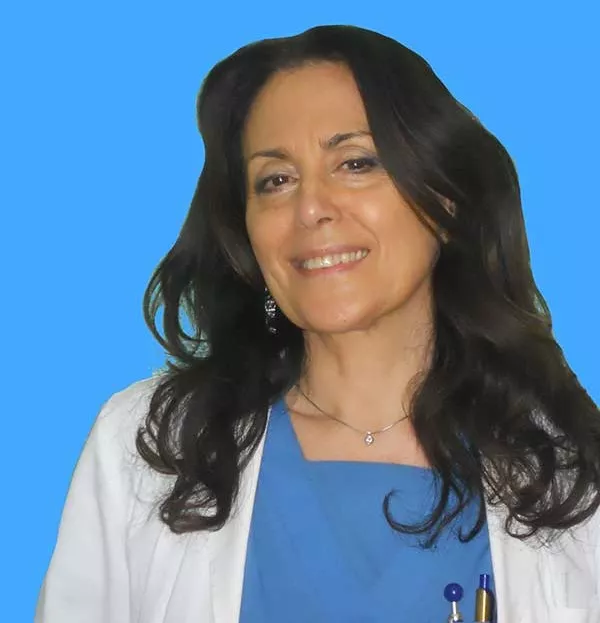
The Cardiovascular Rehabilitation Operational Unit is located on the first and second floors of pavilion A and on the second floor of pavilion B and includes three medical rooms (one on each floor) and three meeting rooms equipped with television.
Throughout the entire structure and in the surrounding park, telemetric monitoring of patients is possible thanks to special systems. The studies are located on the first floor of pavilion A with the clinic and the ergonometry and ergospirometry, E.C.G. laboratories. dynamic according to Holter and echocardiography which serves both hospitalized patients and those who use the facility only on an outpatient basis (the nursing home has an agreement with the National Health System also for this activity). The Cardiac Rehabilitation Operational Unit team is made up of five cardiologists who collaborate full-time.
Our rehabilitation program aims to improve the psychosocial reintegration of those affected by cardiovascular diseases.
For this reason, our team has developed a rehabilitation program which, based on the most modern scientific knowledge, addresses both the diagnostic classification and treatment phases from a multidimensional perspective, combining the usual techniques of cardiological evaluation and physical rehabilitation with a "original" educational program, as well as stress management techniques.
The treatment is conducted by a team made up of cardiologists, psychologists, physiotherapists, dieticians and nursing staff specialized in cardiovascular rehabilitation. Our hospital treatment is divided into two phases: diagnostic assessment and rehabilitation treatment.
The treatment is conducted by a team made up of cardiologists, psychologists, physiotherapists, dieticians and nursing staff specialized in cardiovascular rehabilitation. Our hospital treatment is divided into three phases: diagnostic assessment, clinical stabilization and rehabilitation treatment.
The first phase aims to structure an individualized therapeutic rehabilitation program that takes into consideration the acute event, comorbidities, biological, psychological and social characteristics of the patient. The second phase involves monitoring the clinical conditions of the post-acute patient until gradual clinical stabilization. The third phase includes three areas of intervention: physical rehabilitation training, stress management and educational program.
The objective of the entire process is ultimately to allow the patient, after the acute event, to re-enter society and possibly the work environment in a condition of full physical-psychological autonomy/efficiency and at the same time with a lifestyle which can reduce the risk of new cardiovascular events.




